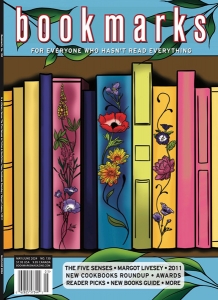Showing Ideas Instead of Telling Facts

“Great stories show ideas instead of telling you facts,” storytelling expert Karen Eber explains. We live in a story world, she says, with stories providing ways to:
- differentiate yourself
- build connection and trust
- create new thinking
- bring meaning to data
- influence decision-making
The “tools” we can use to accomplish these goals include the three story elements of character, conflict, and connection, the author adds.
Working “against” us as storytellers, she cautions, is the fact that most of what is read is easily forgotten, citing the Ebbinghaus Forgetting Curve, a visual representation produced by German psychologist Hermann Ebbinghaus of the way learned information fades over time. In fact, he discovered, the biggest drop in retention happens soon after learning.
For us storytellers and content marketers, the encouraging note is in the “how” – the same set of information can be made more or less memorable, Ebbinghaus discovered, depending on how well it’s communicated in the first place.
Two important elements important in improving retention are time and repetition, Olivia McGarry points out in the LearnUpon Blog. “Spaced learning is considered one of the best methods for combating the learning curve.” Varying the content format using visuals, storytelling, and gamification, helps enormously, making sure learners know that completing the training will help ease their “pain points” and solve problems.
McGarry suggests that, when students share knowledge with each other, that goes a long way towards improving retention of the material. In that vein, at Say It For You, I advise content writers to periodically compose entire blog posts around questions posed by readers.
As content marketers, with the ultimate goal of influencing decision-making, we must help clients differentiate themselves, build connection and trust, create new thinking, and bring meaning to data, always remembering to show ideas rather than merely telling facts.





Follow us online!